This month we are going to talk about electronic speed controllers. This is an often overlooked piece of equipment that can have a dramatic affect on the performance of your multirotor aircraft. The basic job of a brushless DC ESC is to control the speed of your brushless DC motor. It does this by using a small computer to generate 3 phase power to drive the 3 phases of the BLDC motor (passing DC power from the battery to the 3 phases of the motor at the correct time). In order for the ESC to know motor position and thus commutate the motor correctly to make it spin, it will use back EMF as a position reference. Back EMF is essentially electricity that is generated by the unenergized phases of the motor. This back EMF is then monitored by the ESC and used to detect motor position by the ESC. Now we could go on and on with this but you get the gist.
When selecting your ESC, there are a few things to consider. First off is the current or amperage rating. You will need to know your flight pack voltage, motor, and propellor size. Many times the motor manufacturer will publish this data which can help you size your power system. Let’s take an example here:
T-Motor 4014 400kv, 6 cell 22V, and a 15×5 propellor. The T Motor chart for the 4014 400kv shows a maximum current draw is roughly 19 amps. Now we could look at this and say that a 20 amp ESC will handle that load but there is more to the equation. Since most multirotors do not have ESCs packaged to get good airflow, we will need to be sure that our ESCs can handle sustained high loads without overheating. I like to give at least a 50% margin, even more for ultra critical applications. For our example, the T40A Pro ESC would work well for us. It is compact, only a few grams heavier than the 30A model, and will tolerate our 6 cell 22 volt input.
When selecting your ESC, there are a few things to consider. First off is the current or amperage rating. You will need to know your flight pack voltage, motor, and propellor size. Many times the motor manufacturer will publish this data which can help you size your power system. Let’s take an example here:
T-Motor 4014 400kv, 6 cell 22V, and a 15×5 propellor. The T Motor chart for the 4014 400kv shows a maximum current draw is roughly 19 amps. Now we could look at this and say that a 20 amp ESC will handle that load but there is more to the equation. Since most multirotors do not have ESCs packaged to get good airflow, we will need to be sure that our ESCs can handle sustained high loads without overheating. I like to give at least a 50% margin, even more for ultra critical applications. For our example, the T40A Pro ESC would work well for us. It is compact, only a few grams heavier than the 30A model, and will tolerate our 6 cell 22 volt input.
As always we are here to help with your parts selection or custom build. We urge you to give us a ring if you have any questions or concerns regarding parts selection.
